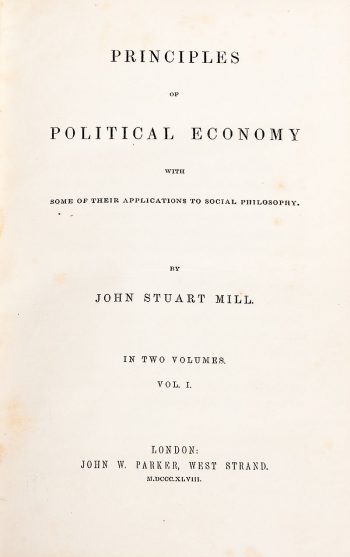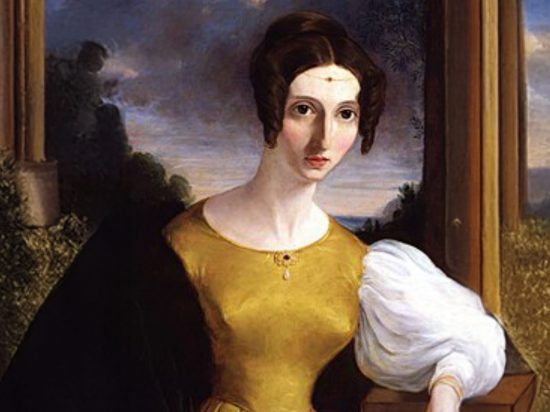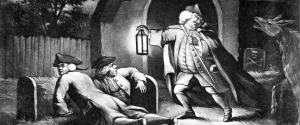Explore the life and legacy of John Stuart Mill, one of the 19th century’s most influential thinkers. Learn about his intellectual journey and how he played a role in politics, advocating for democracy and women’s rights.
When the National Portrait Gallery reopened this year the portraits were re-hung with a 21st century perspective. Where modern visitors may be interested in the “wall of pop stars”, Victorians visiting, when the gallery first opened in 1856, would have flocked to see images of their contemporaries such as political figures, philosophical theorists and social reformers. 🔗Read more about New National Portrait Gallery
Early Life and Education
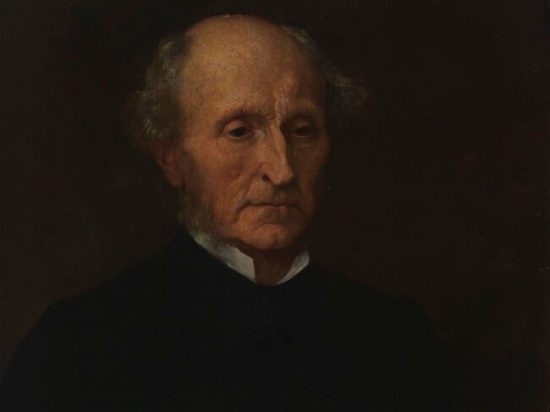
In his autobiography Mill details the many ups and downs of his life including his hot house education by his father (the Scottish philosopher James Mill) that was run as an educational experiment including isolation from his peers and which resulted in a prodigy who began with the study of Greek at the age of three, Latin, geometry and algebra by the age of eight, and included teaching his eight younger siblings using his father’s strict curriculum.
Around the age of seventeen, Mill suffered a mental crisis, seen by some as a breakdown, after this episode he turned to poetry for consolation, particularly the works of the romantic poet William Wordsworth.
This was in direct opposition to his father’s view that poets were the “enemies of truth” and that the Romantic Movement was in opposition to the Utilitarian philosophy that John Mill’s friend and contemporary Jeremy Bentham had developed.
After absorbing both influences John Stuart Mill would go on to soften and develop the Utilitarian school of philosophy to make it one of the foundations of Liberal democracy.
Key Works and Contributions
Mill has two memorial plaques in London. The first is at 40 Queen Anne’s Gate, St James. It commemorates both John Stuart Mill and his father, James Mill.
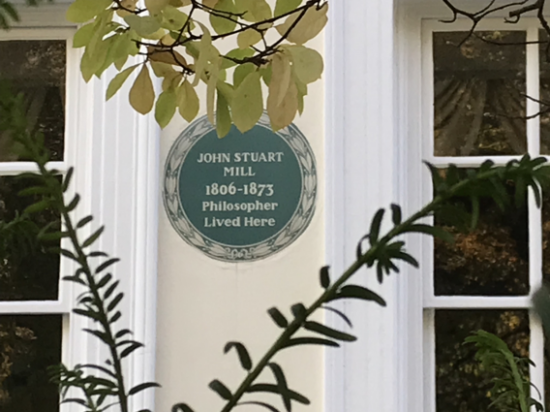
It was the family home from 1814 to 1831. After his father’s death Mill, his mother and siblings moved to 18 Kensington Square where they lived until 1851.
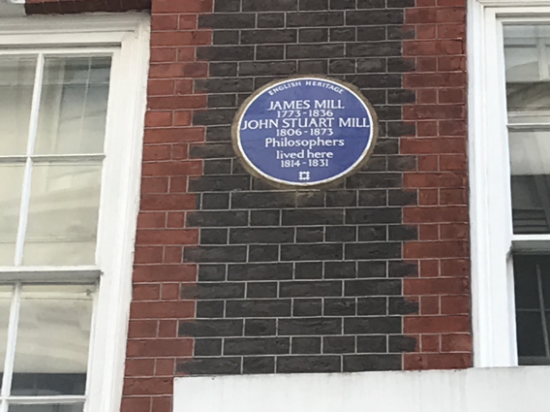
During his adult life John Stuart Mill earned his living working for the East India Company, rising to the position of Head of the Examiner’s Office based in the company’s London headquarters, East India House in Leadenhall Street in the City, now the site of the Lloyds building.
But he still found time to write and debate, he contributed to a number of publications such as The Examiner, The London and Westminster Review and The Edinburgh Review. During the 1840’s he wrote two of his most important works, A System of Logic (1843) and Principles of Political Economy (1848).
Marriage and Political Career
In 1851 Mill left the family home in Kensington and married Harriet Taylor. They had been close friends for 20 years, but were only able to marry when her first husband died. She was a great influence on his work, particularly in the area of women’s rights, of which she was an early advocate.
They were only together for seven years as she died in 1858 but the following year he published “On Liberty”, his most famous work, which they had written together and which he dedicated to her. In 1861 he completed and published the essay “The Subjection of Women” which they had also worked on together.
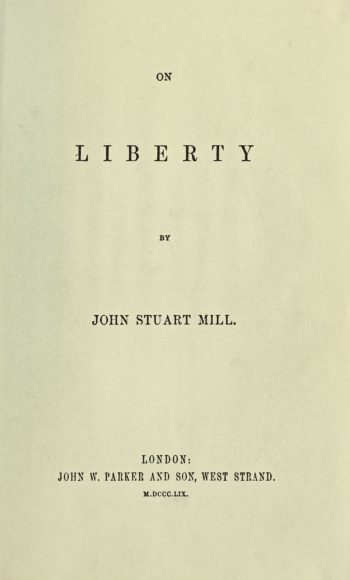
While he was always a political theorist, in later life he was involved in the practical application of his ideas by becoming a Member of Parliament. But he would only stand for election in 1865 under his own terms. He would not canvass or pay agents to canvass for him, he would not attend to the local business in his constituency and he was with difficulty persuaded even to address a meeting of the electors, but he was elected.
During his time in Parliament he helped to pass the 1867 Reform Bill which widened the franchise and he spoke in favor of the reform of land tenure in Ireland and the representation of women. But this made him unpopular with even “moderate Liberals.” He was not re-elected in the next general election in 1868. He retired to live in Avignon in France and is buried in the churchyard there alongside his wife.
Memorials to Mills in London
Another memorial in London to John Stuart Mill is a statue by the Pre-Raphaelite sculptor Thomas Woolner which sits in Embankment Gardens and which was unveiled shortly after his death in 1876.
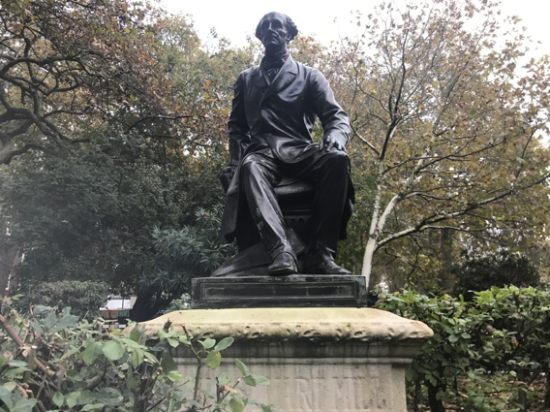
Although little known to the general population, his great works “On Liberty” and “The Subjection of Women” are still studied in University philosophy departments and his portrait can still be viewed in Room 22 on the second floor of the National Portrait Gallery.

